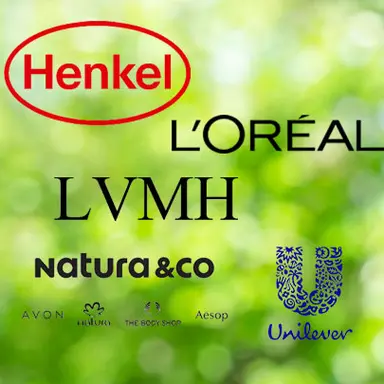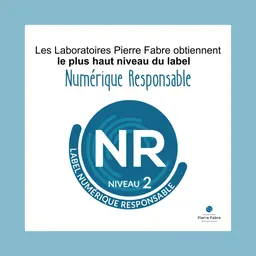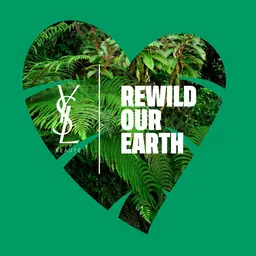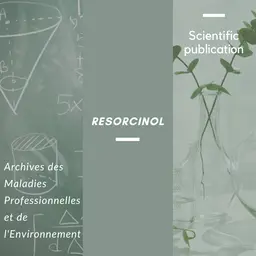
In a September 20 press release, Henkel, L’Oréal, LVMH, Natura &Co and Unilever invite the cosmetics sector to co-design a voluntary environmental impact assessment and scoring system for cosmetic products. This new global collaboration aims “to co-design an approach that is brand-agnostic, and which provides consumers with clear, transparent and comparable environmental impact information, based on a common science-based methodology.” The five companies invite other cosmetics companies o join them in this pursuit.
L’Oréal Group presse release
The new assessment and scoring system will aim to meet growing consumer demand for greater transparency about the environmental impact of cosmetics products (formula, packaging and usage). The objective is to improve the information that is available to consumers and enable them to make more sustainable consumption choices.
To do this, a consortium will be created that is open to all cosmetics companies wishing to join and contribute to designing a system that allows consumers to compare cosmetics products within the same category. The ambition is for the overall score to inform consumers of the environmental impact of products, taking into account their whole product life cycle.
Co-building a scientific methodology and scoring system
It is proposed that the consortium works with sustainability consultancy Quantis to ensure a robust and scientific approach and that efforts to co-build the voluntary assessment methodology and scoring system are guided by and articulated around:
1. A common method for measuring environmental impacts throughout the life cycle of products , backed by the principles of the “Product Environmental Footprint” (the European Union’s PEF scientific method for quantifying the environmental footprint of products)
2. A common database of environmental impacts of standard …













